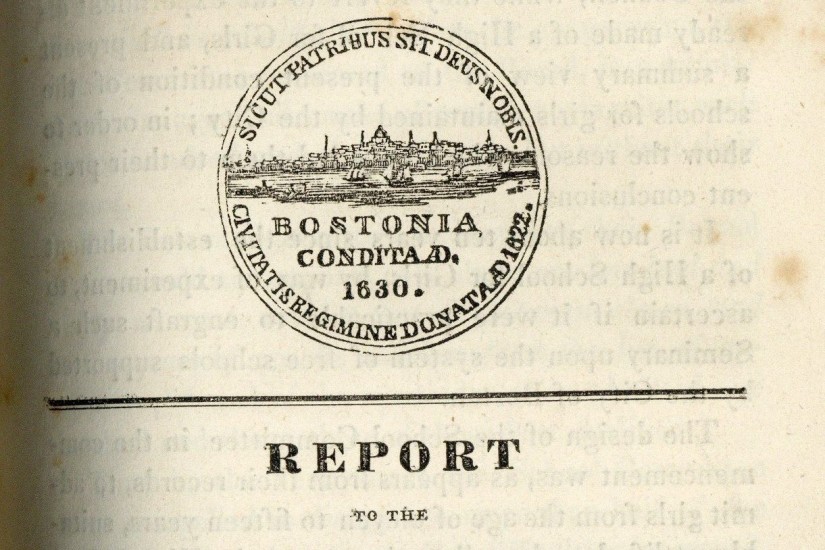In 1826, a group of Bostonians, led by a man named Samuel Prince, petitioned the City to provide a high school for girls. Prior to Samuel Prince's petition, girls in Boston were allowed to attend Boston's public grammar schools six months a year, from April to October. They could only attend public schools until they were 14 years old. In contrast, Boston's boys could attend high schools after age 14, provided that they passed qualifying examinations. Some of Boston's families sent their daughters to private schools, where girls could remain in school past the age of 14. Private schools, however, cost money, and many families could not afford to send their daughters to private school.
Boston's Committee on Public Instruction decided to conduct an experiment. They would open a high school for Boston's girls on a trial basis.
On February 22, 1826, Boston held an examination for girls ages 11-15 who wished to attend the high school. They expected that a little more than 100 girls would pass the exam, so they planned to provide 130 seats for female pupils. To their surprise, 286 girls passed the exam. Because of a lack of space, the Committee was forced to deny admission to girls under the age of 12.
Classes started smoothly. After a few months, the high school reported that its pupils were doing so well and were so enthusiastic, that they expected few — if any — dropouts. Furthermore, Boston had enough qualified female candidates for the high school that the school would need 427 seats the following year. This trend continued into 1827. By 1828, the school was so successful and Boston's girls were so interested in attending, that they needed seats for 800-1200 students.
Part of the reason that the high school's numbers increased exponentially was that Boston's girls were more likely to complete high school than Boston's boys. The Committee observed that during its experiment, "not a single Girl voluntarily left the High School....whereas the Boys who enter the High School are constantly leaving it as places in stores and counting rooms are found for them; and a very small proportion for those who enter continue thorough three years' course." Boston's boys took advantage of the many employment and apprenticeship opportunities available to them. Boston's girls, who had fewer employment options, stayed in high school.
